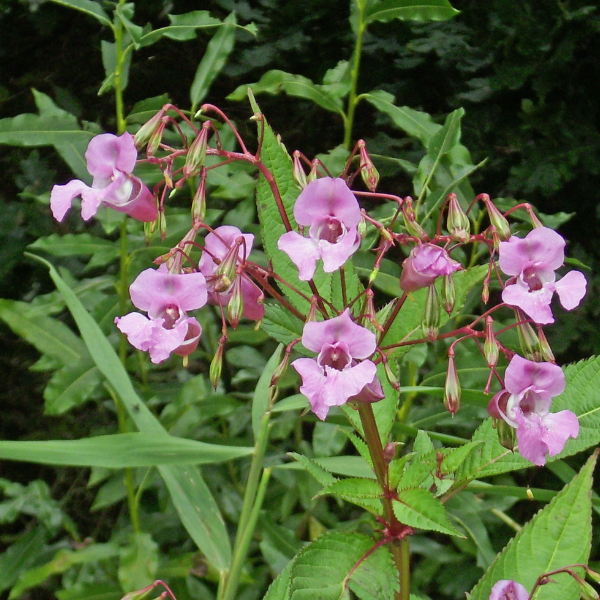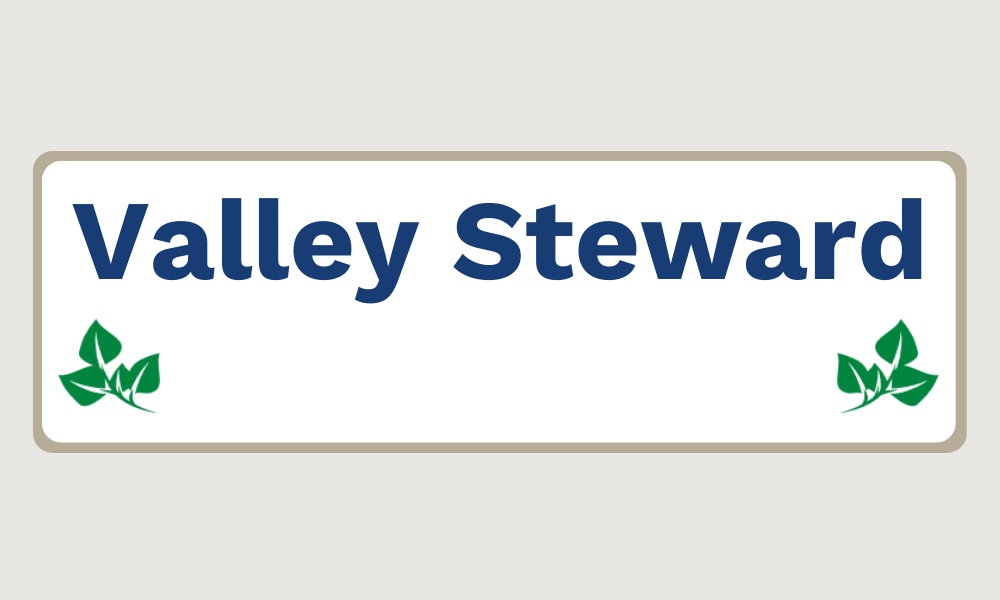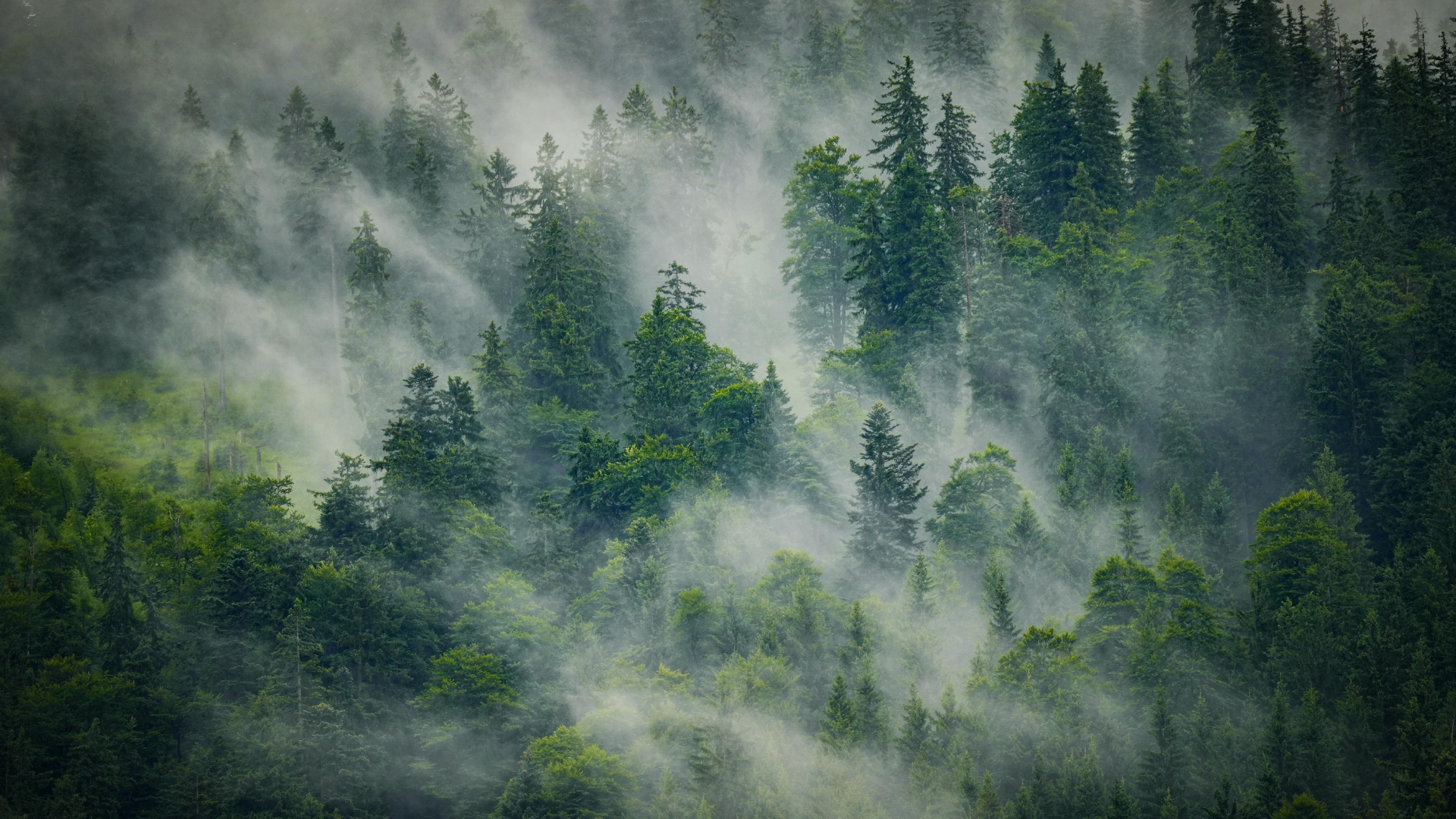Spring has arrived!
Spring has arrived, bringing vibrant changes to the region! Buds are unfurling into leaves, wildflowers are blooming, and returning pollinators are busy at work. Birds are nesting, and amphibians have emerged to enjoy the warmer, wetter conditions.
Read on for specific spring-related nature stewardship tips.








